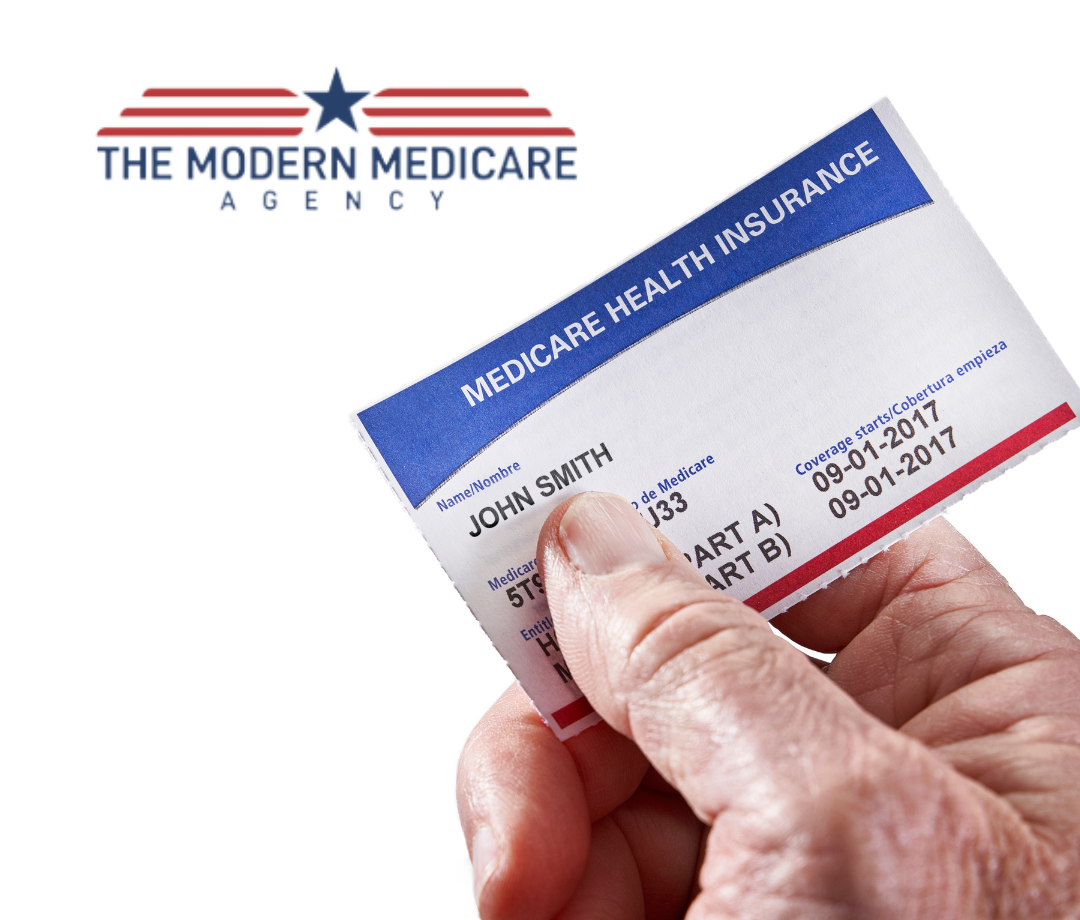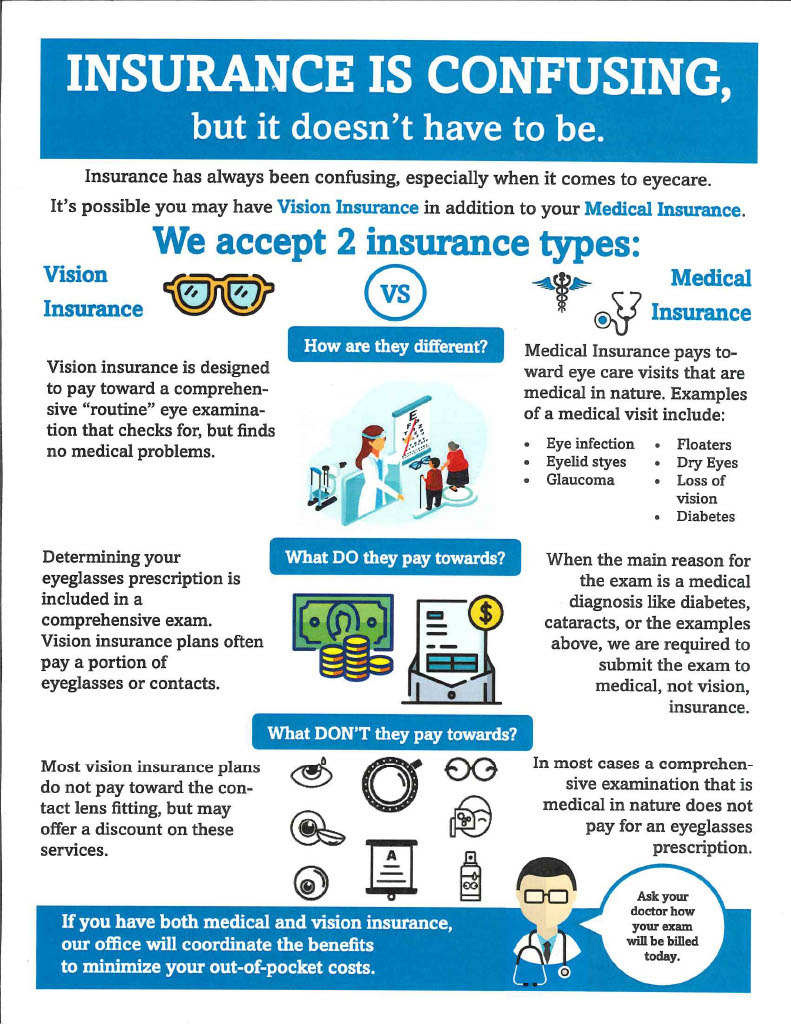The Best Strategy To Use For Medicare Advantage Agent
The Best Strategy To Use For Medicare Advantage Agent
Blog Article
The Greatest Guide To Medicare Advantage Agent
Table of ContentsRumored Buzz on Medicare Advantage AgentThe Definitive Guide for Medicare Advantage AgentMedicare Advantage Agent Things To Know Before You Buy
:max_bytes(150000):strip_icc()/types-of-employee-benefits-and-perks-2060433-Final-edit-60cedb43c4014fdeb51aa3cd3c25f027.jpg)

follows from adheres to the perplexing young age profile of the uninsured with the better health, wellness average, standard younger personsMore youthful For those without accessibility to office wellness insurance policy, bad health is a potential barrier to purchasing nongroup protection since such coverage might be highly valued, leave out pre-existing problems, or be simply inaccessible. Unless otherwise kept in mind, nationwide estimates of individuals without wellness insurance policy and percentages of the populace with various kinds of protection are based on the CPS, the most commonly utilized resource of estimates of insurance policy protection and uninsurance rates.

9 Easy Facts About Medicare Advantage Agent Explained
The connection in between health insurance coverage and access to care is well developed, as recorded later on in this chapter. The connection between wellness insurance policy and health and wellness end results is neither straight nor easy, a comprehensive medical and health and wellness services research literary works web links health and wellness insurance protection
to improved enhanced accessibility care, better qualityTop quality and improved personal individual population populace wellnessCondition The 2nd report, on individual wellness results for uninsured adults, is represented by the innermost circle of the number, while the 3rd record, on household health, includes the subjects of the second report yet emphasizes a various unit of evaluation, particularly, the family.
Moreover, it concentrates particularly on those without any type of medical insurance for any type of size of time. The problems encountered by the underinsured are in some areas comparable to those encountered by the without insurance, although they are generally much less severe. Uninsurance and underinsurance, however, involve clearly various plan problems, and the approaches for addressing them might differ. Throughout this study and the five records to comply with, the main emphasis is on individuals without health insurance coverage and therefore no support in paying for healthcare beyond what is readily available through charity and safeguard establishments. Health and wellness insurance coverage is a powerful variable influencing receipt of treatment because both patients and doctors react to the out-of-pocket cost of solutions. Medical insurance, however, is neither necessary nor sufficient to get to medical solutions. Nonetheless, the independent and direct result of health
insurance protection on access to health and wellness services is well developed. Others will get the healthcare they need even without health insurance, by spending for it expense or seeking it from suppliers that use treatment complimentary or at highly subsidized prices. For still others, medical insurance alone does not make sure receipt of treatment due to various other nonfinancial obstacles, such as a lack of healthcare service providers in their community, restricted access to transport, illiteracy, or etymological and social differences. Official research concerning without insurance populations in the United States dates to the late 1920s and early 1930s when the Committee on the Price of Medical Treatment created a series of reports about financing physician office visits and hospitalizations. This concern came to be prominent as the varieties of clinically indigent climbed up throughout the Great Anxiety. Empirical research studies consistently sustain the link between accessibility to care and improved wellness results(Bindman et al., 1995; Starfield, 1995 ). Having a regular resource of treatment can be thought about a forecaster of access, instead of a straight step of it, when wellness end results are themselves used as gain access to indications. This expansion of the idea of gain access to measurement was made by the IOM Committee on Keeping An Eye On Gain Access To to Personal Healthcare Solutions(Millman, 1993, p. Whether or not moms and dads are guaranteed appears to influence whether or not their youngsters get care as well as exactly how much careeven if the youngsters themselves have coverage(Hanson, 1998). The health of parents can impact their capability to look after their youngsters and the degree of family members stress. Bothering with their youngsters's access to care is itself a resource of stress and anxiety for parents. 3 chapters comply with in this record. Phase 2 offers an introduction of exactly how employment-based wellness insurance, public programs and private insurance coverage run and communicate to give substantial however insufficient insurance coverage of the united state populace. This includes a testimonial of historic patterns and public laws influencing both public and exclusive insurance policy, a discussion of the communications amongst the various kinds content of insurance coverage, and an evaluation of why individuals move from one program to an additional or end up

Report this page